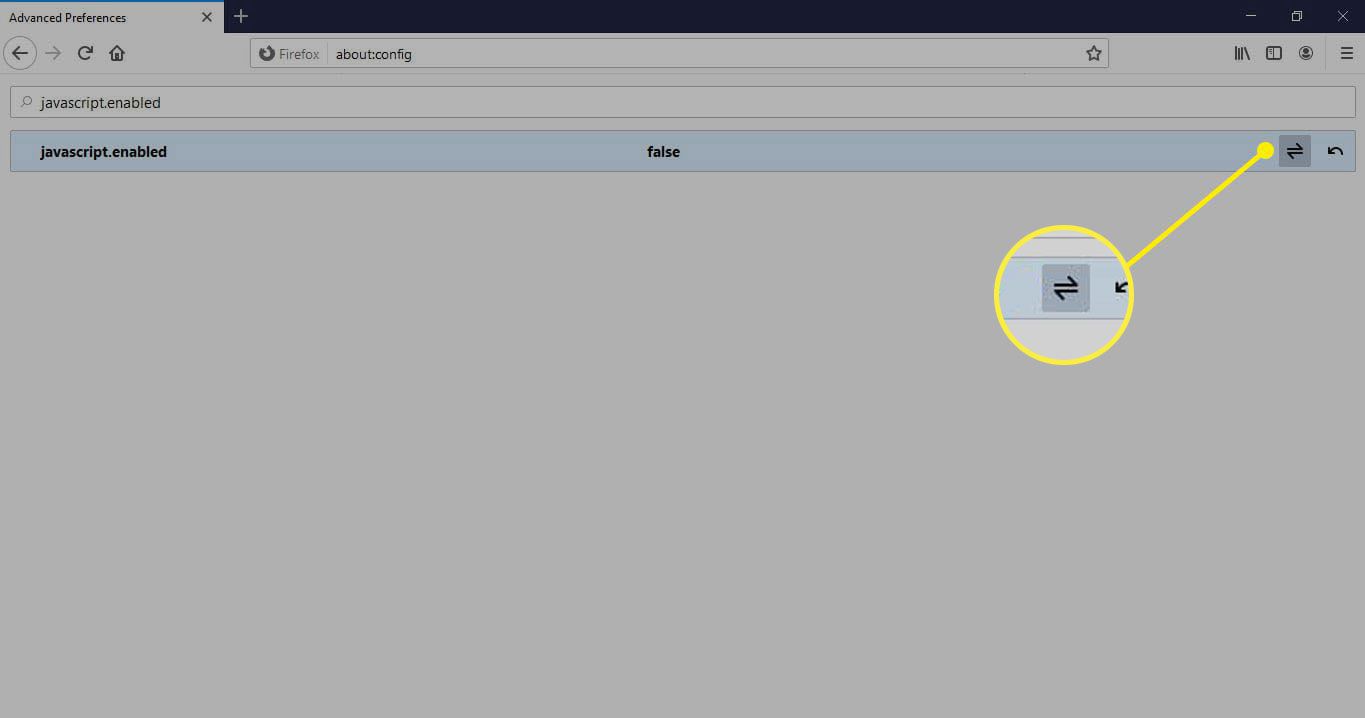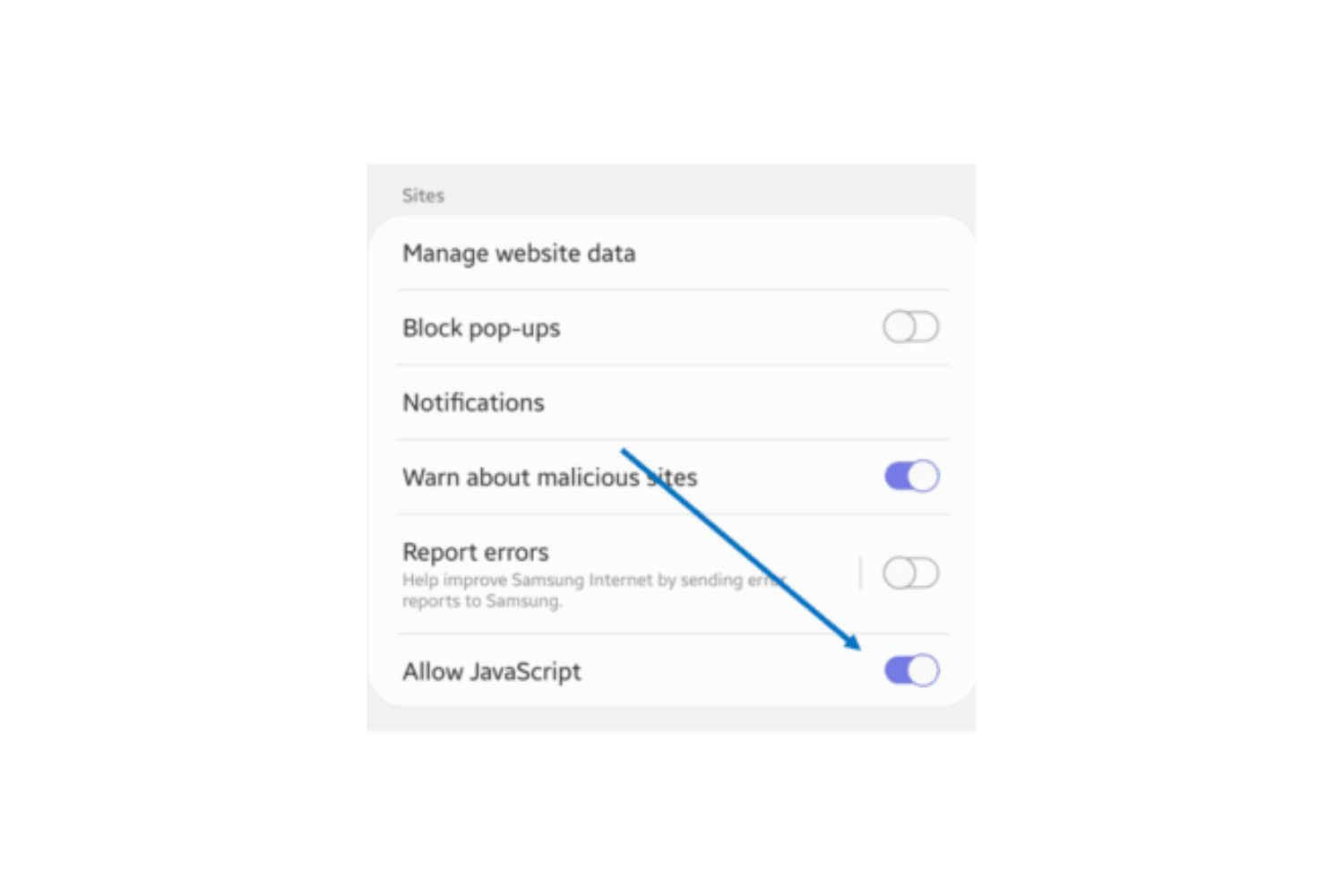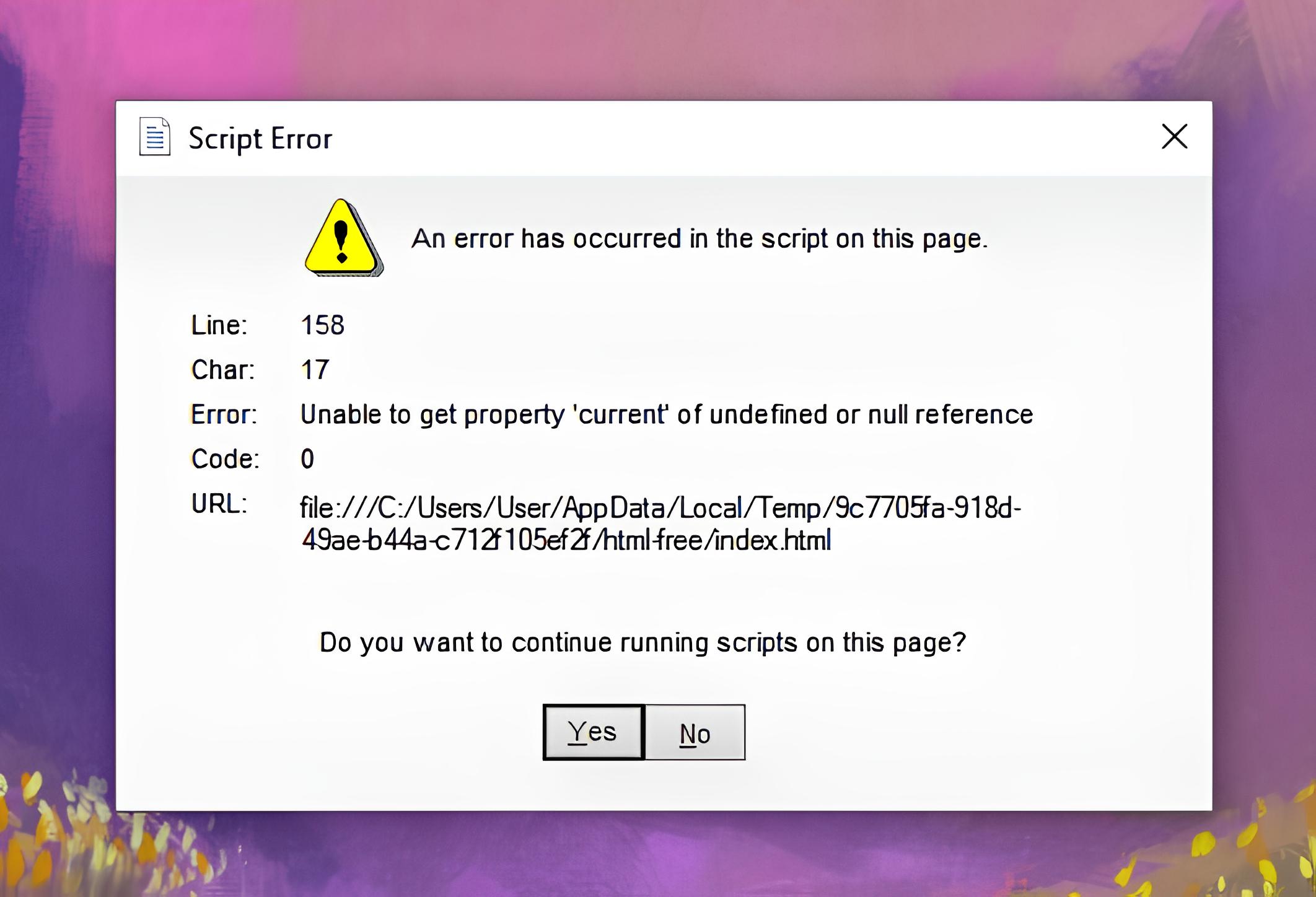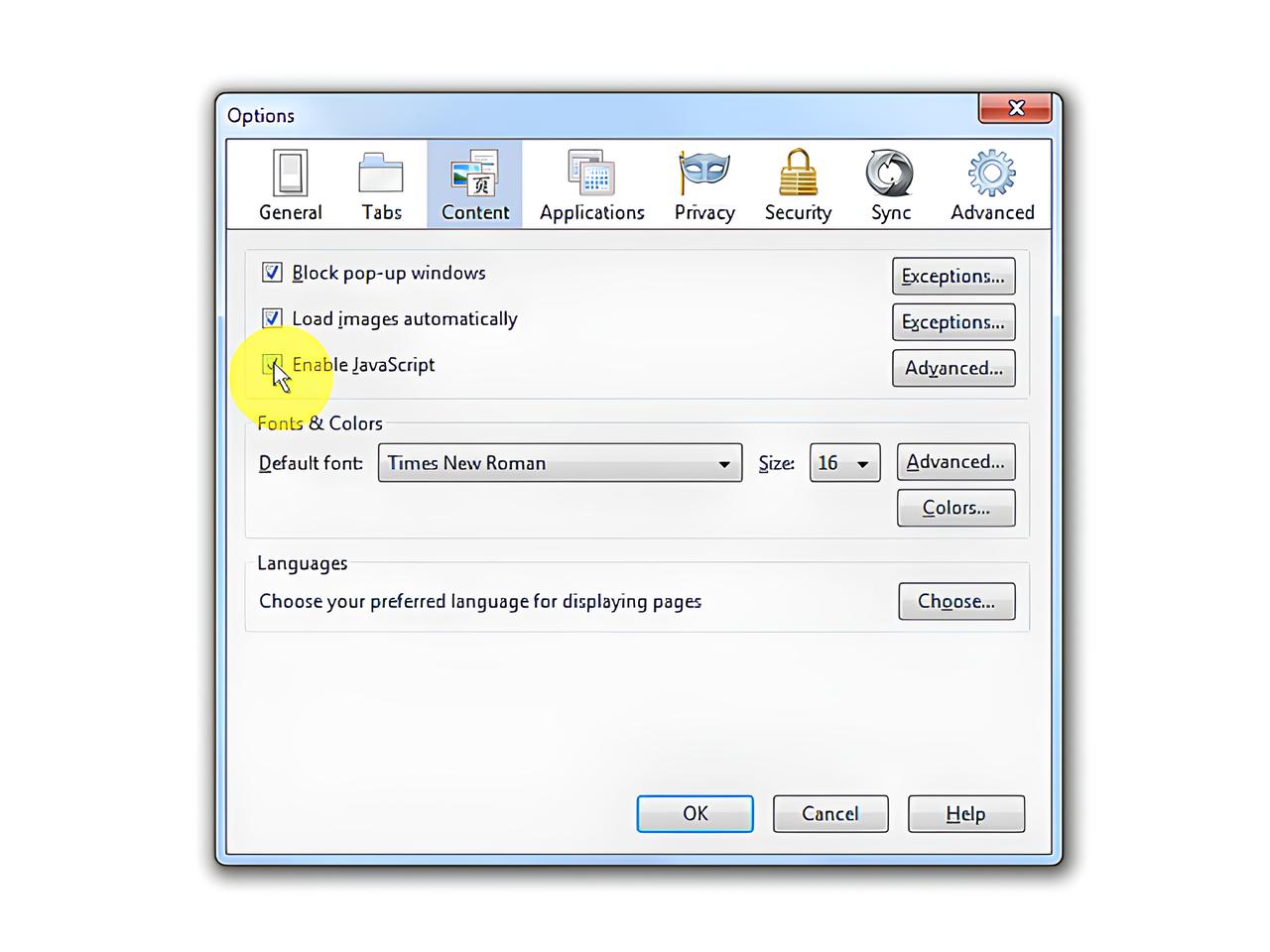Introduction
JavaScript is a powerful scripting language that adds interactivity and dynamic functionality to websites. It enables features like interactive forms, dynamic content updates, and responsive user interfaces. However, there are instances when you may want to disable JavaScript in your Firefox browser. This could be due to privacy concerns, security reasons, or the need to troubleshoot website issues.
Disabling JavaScript can prevent certain types of online tracking, enhance browser performance, and mitigate the risk of malicious scripts. Additionally, it can be useful for web developers and testers who need to assess a website's behavior with JavaScript disabled.
In this article, we will explore three methods to turn off JavaScript in Firefox. Whether you're a privacy-conscious user, a developer testing website compatibility, or someone seeking to optimize browser performance, these methods will provide you with the flexibility to control JavaScript execution in your Firefox browser. Let's dive into the step-by-step instructions for each method, empowering you to make informed decisions about JavaScript usage while browsing the web.
Method 1: Using the Firefox Options
Disabling JavaScript in Firefox can be accomplished through the browser's settings, providing a straightforward approach for users who prefer built-in features. Here's a step-by-step guide to using the Firefox Options to turn off JavaScript:
-
Accessing the Options Menu:
- Launch Firefox and click on the three horizontal lines in the top-right corner to open the menu.
- Select "Options" from the dropdown menu. This will open the Firefox Options tab.
-
Navigating to the Settings:
- In the left-hand sidebar of the Options tab, click on "Privacy & Security."
- Scroll down to the "Permissions" section.
-
Disabling JavaScript:
- Under the "Permissions" section, locate the "Settings" button next to "Block pop-up windows" and "Warn you when websites try to install add-ons."
- Click on the "Settings" button to open the "Settings for blocking pop-ups, permissions, and more" dialog box.
- Uncheck the box next to "Enable JavaScript" to disable JavaScript in Firefox.
-
Confirmation and Application:
- After unchecking the "Enable JavaScript" option, click "Save Changes" to apply the new settings.
- Close the Options tab to return to the main browsing window.
By following these steps, users can effectively disable JavaScript in Firefox through the browser's native settings. This method provides a convenient way to manage JavaScript without the need for additional extensions or tools. Whether it's for privacy, security, or testing purposes, the Firefox Options menu offers a user-friendly approach to customizing JavaScript behavior within the browser.
Method 2: Using the NoScript Extension
For users seeking a more granular and dynamic approach to controlling JavaScript execution in Firefox, the NoScript extension offers a robust solution. NoScript empowers users to selectively allow or block JavaScript, plugins, and other executable content on websites, providing enhanced control over their browsing experience. Here's a detailed exploration of how to utilize the NoScript extension to manage JavaScript in Firefox.
-
Installing the NoScript Extension:
- Open the Firefox browser and navigate to the official Mozilla Add-ons website.
- Search for "NoScript" in the Add-ons search bar.
- Locate the NoScript Security Suite extension and click "Add to Firefox" to initiate the installation process.
- Follow the on-screen prompts to complete the installation of the NoScript extension.
-
Accessing NoScript's Functionality:
- Once the NoScript extension is installed, a new icon will appear in the Firefox toolbar, typically denoted by an "S" logo.
- Click on the NoScript icon to access its functionality and settings.
-
Customizing JavaScript Permissions:
- Upon clicking the NoScript icon, a dropdown menu will display the list of domains and their associated permissions.
- Users can selectively allow or block JavaScript for specific websites by clicking on the domain names and adjusting the permissions accordingly.
- NoScript provides options to temporarily allow scripts, allow scripts globally, or revoke permissions for individual domains.
-
Fine-Tuning Security and Privacy Settings:
- In addition to JavaScript control, NoScript offers advanced security features to protect against cross-site scripting (XSS) attacks, clickjacking, and other web threats.
- Users can configure NoScript's settings to enhance their browsing security while retaining the flexibility to enable JavaScript on trusted websites.
-
Dynamic Script Management:
- NoScript enables users to dynamically adjust JavaScript permissions as they browse the web, providing real-time control over script execution based on individual preferences and security considerations.
By leveraging the NoScript extension, Firefox users can tailor their JavaScript permissions with precision, balancing security, privacy, and functionality according to their preferences. Whether it's safeguarding against malicious scripts or fine-tuning the browsing experience, NoScript empowers users to take command of JavaScript execution in Firefox, offering a versatile and customizable solution for managing web content.
Method 3: Using the Web Developer Tools
Utilizing the Web Developer Tools in Firefox provides a versatile and powerful method to control JavaScript execution, catering to users who seek a more technical and interactive approach. These tools offer a comprehensive suite of features for inspecting, debugging, and modifying web content, including the ability to disable JavaScript on the fly. Here's a detailed exploration of how to leverage the Web Developer Tools to manage JavaScript in Firefox.
-
Accessing the Web Developer Tools:
- Open the Firefox browser and navigate to the website for which you intend to disable JavaScript.
- Right-click on any element within the webpage and select "Inspect Element" from the context menu. Alternatively, press
Ctrl + Shift + I(Windows/Linux) orCmd + Option + I(Mac) to open the Web Developer Tools.
-
Navigating to the Debugger Tab:
- Within the Web Developer Tools panel, locate and click on the "Debugger" tab. This tab provides a comprehensive interface for inspecting and modifying the JavaScript code running on the current webpage.
-
Disabling JavaScript:
- Once in the Debugger tab, look for the JavaScript code associated with the webpage's functionality.
- To disable JavaScript, locate the JavaScript file or script section within the Debugger interface.
- Click on the line number of the script to set a breakpoint, effectively pausing the script's execution at that point.
-
Testing the Disabled JavaScript:
- With the breakpoint set, refresh the webpage to observe the impact of the disabled JavaScript.
- The webpage's behavior should reflect the absence of JavaScript functionality, allowing users to assess its performance and functionality without JavaScript execution.
-
Dynamic Script Modification:
- The Web Developer Tools enable users to dynamically modify and debug JavaScript, providing real-time control over the webpage's behavior.
- Users can experiment with enabling and disabling JavaScript breakpoints to observe the corresponding changes in the webpage's interactivity and content.
By leveraging the Web Developer Tools in Firefox, users can gain granular control over JavaScript execution, facilitating in-depth analysis and troubleshooting of web content. Whether it's for debugging purposes, assessing website behavior, or fine-tuning performance, the Web Developer Tools offer a technical yet accessible approach to managing JavaScript, empowering users to interact with and modify web content in a dynamic and insightful manner.

























